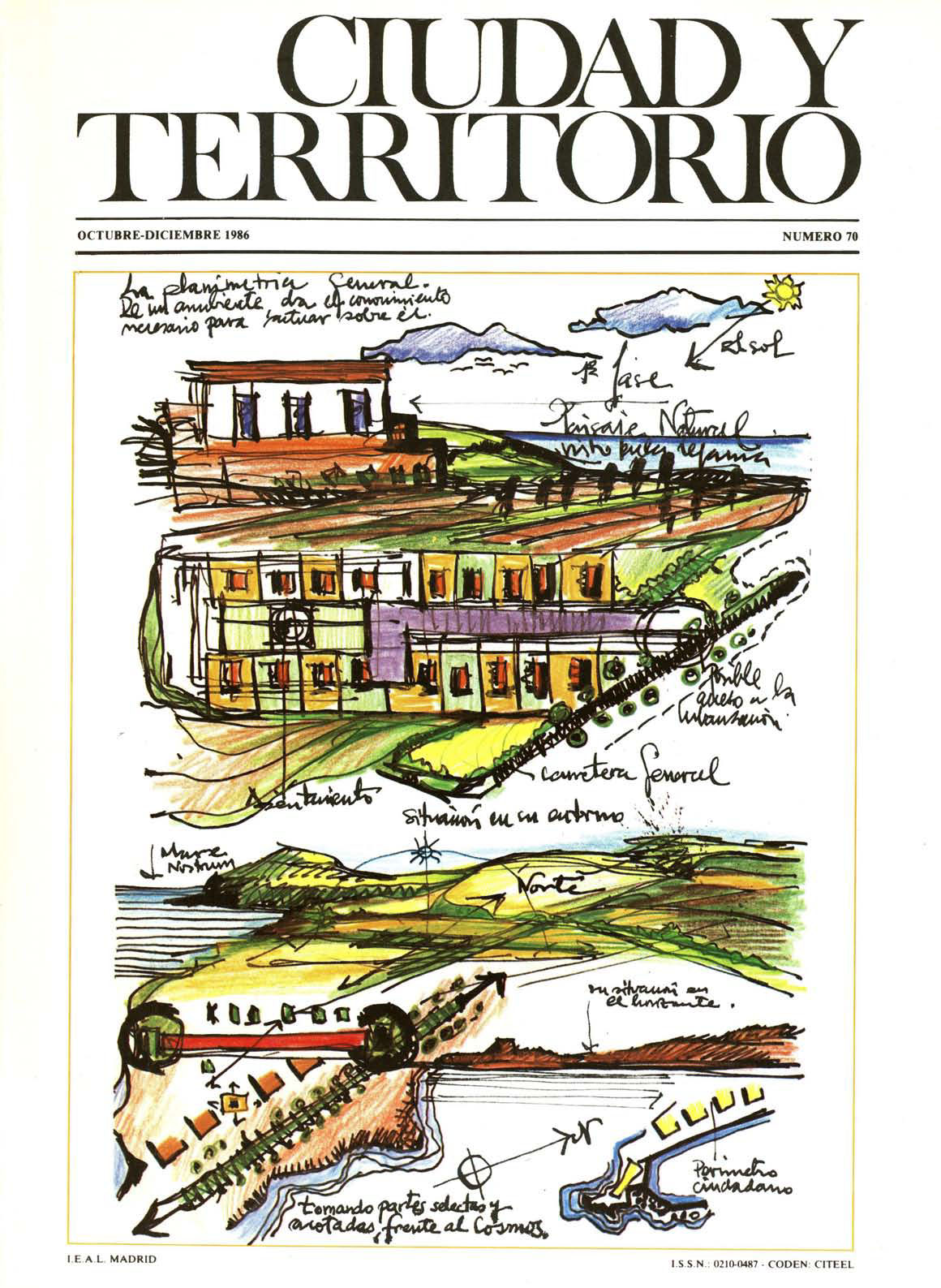Madrid: operation demolition…
Abstract
The article begins by making an analysis of the negative effect that those building regulations that were designed to encourage and reward the pulling down or refurbishing of old buildings have had on the centre of Madrid. It goes on to look into alternative strategies aimed at scheduling the city and the way in which these have become concrete planning measures. The evolution towards such thinking is broken down into three phases: a) a growing awareness of the.problem giving rise to the first emergency measures, these being markedly 'defensive' and expressed in a series of 'protective' planning norms. b) a diversification of scheduling measures and a beginning being made in the field of 'positive' interventio n based policies founded upon notions of overall urban rehabilitation. c) a synthesis and consolidation of the afore-mentioned, encapsulated in the adoption within the terms of the new General Plan for the city of the guiding idea of its existing fabric's being recuperated. The notion of recuperation can thus be said to have become a basic constituand rather than an emergency standby in city thinking.
Downloads
Downloads
Published
How to Cite
Issue
Section
License
Copyright (c) 1986 José María Ezquiaga Domínguez

This work is licensed under a Creative Commons Attribution-NonCommercial-NoDerivatives 4.0 International License.
Considering the provisions of the current legislation on Intellectual Property, and in accordance with them, all authors publishing in CyTET give -in a non-exclusive way and without time limit- to the Ministry of Transport, Mobility and Urban Agenda the rights to disseminate, reproduce, communicate and distribute in any current or future format, on paper or electronic, the original or derived version of their work under a Creative Commons Attribution-NonCommercial-NoDerivative 4.0 license International (CC BY-NC-ND 4.0), as well as to include or assign to third parties the inclusion of its content in national and international indexes, repositories and databases, with reference and recognition in any case of its authorship.
In addition, when sending the work, the author(s) declares that it is an original work in which the sources that have been used are recognized, committing to respect the scientific evidence, to no longer modify the original data and to verify or refute its hypothesis. Author(s) also declare that the essential content of the work has not been previously published nor will it be published in any other publication while it is under evaluation by CyTET; and that it has not been simultaneously sent to another journal.
Authors must sign a Transfer of Rights Form, which will be sent to them from the CyTET Secretariat once the article is accepted for publication.
With the aim of promoting the dissemination of knowledge, CyTET joins the Open Journal Access (OA) movement and delivers all of its content to various national and international indexes, repositories and databases under this protocol; therefore, the submission of a work to be published in the journal presupposes the explicit acceptance by the author of this distribution method.
Authors are encouraged to reproduce and host their work published in CyTET in institutional repositories, web pages, etc. with the intention of contributing to the improvement of the transfer of knowledge and the citation of said works.








 Enlace a CyTET en Linkedin
Enlace a CyTET en Linkedin